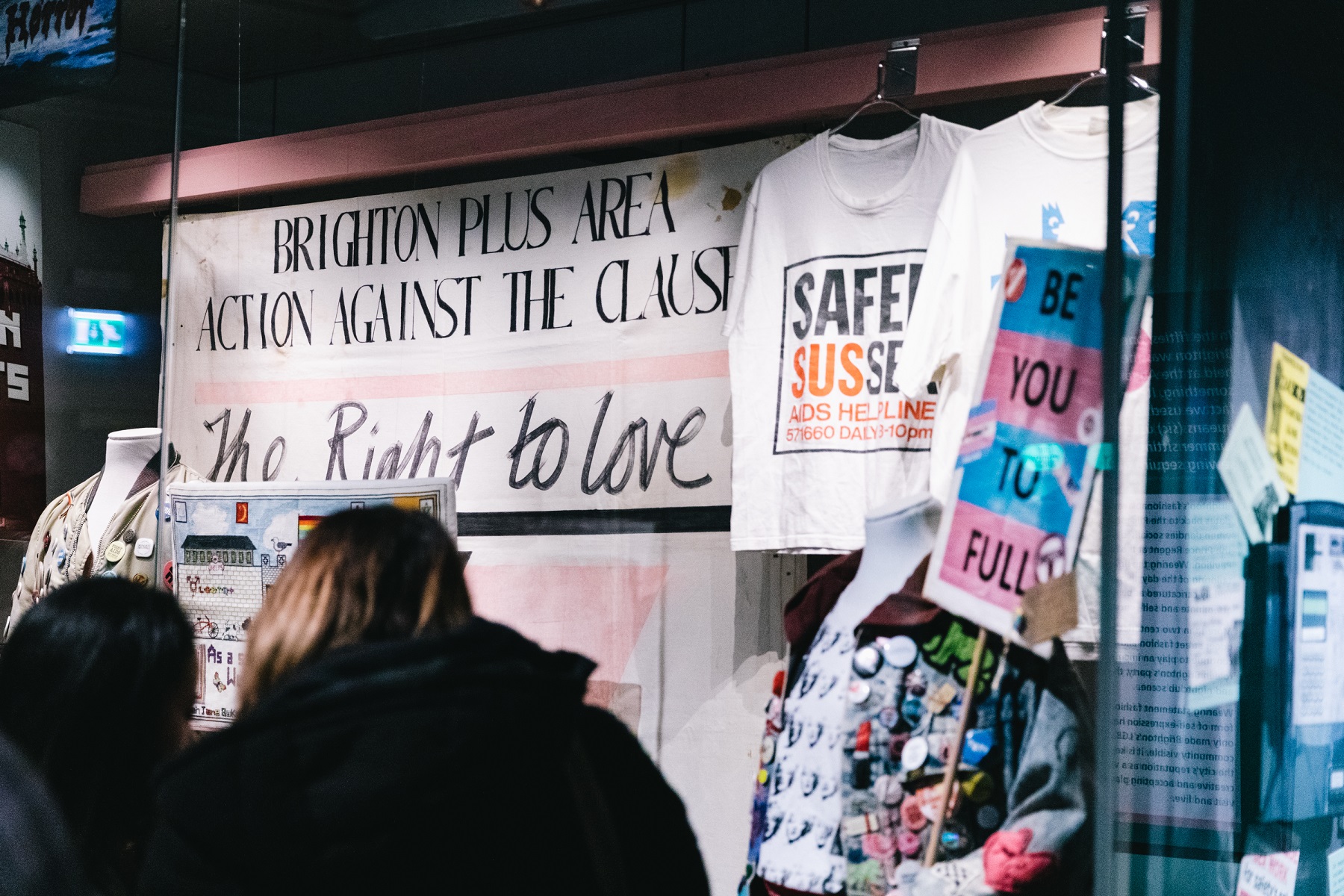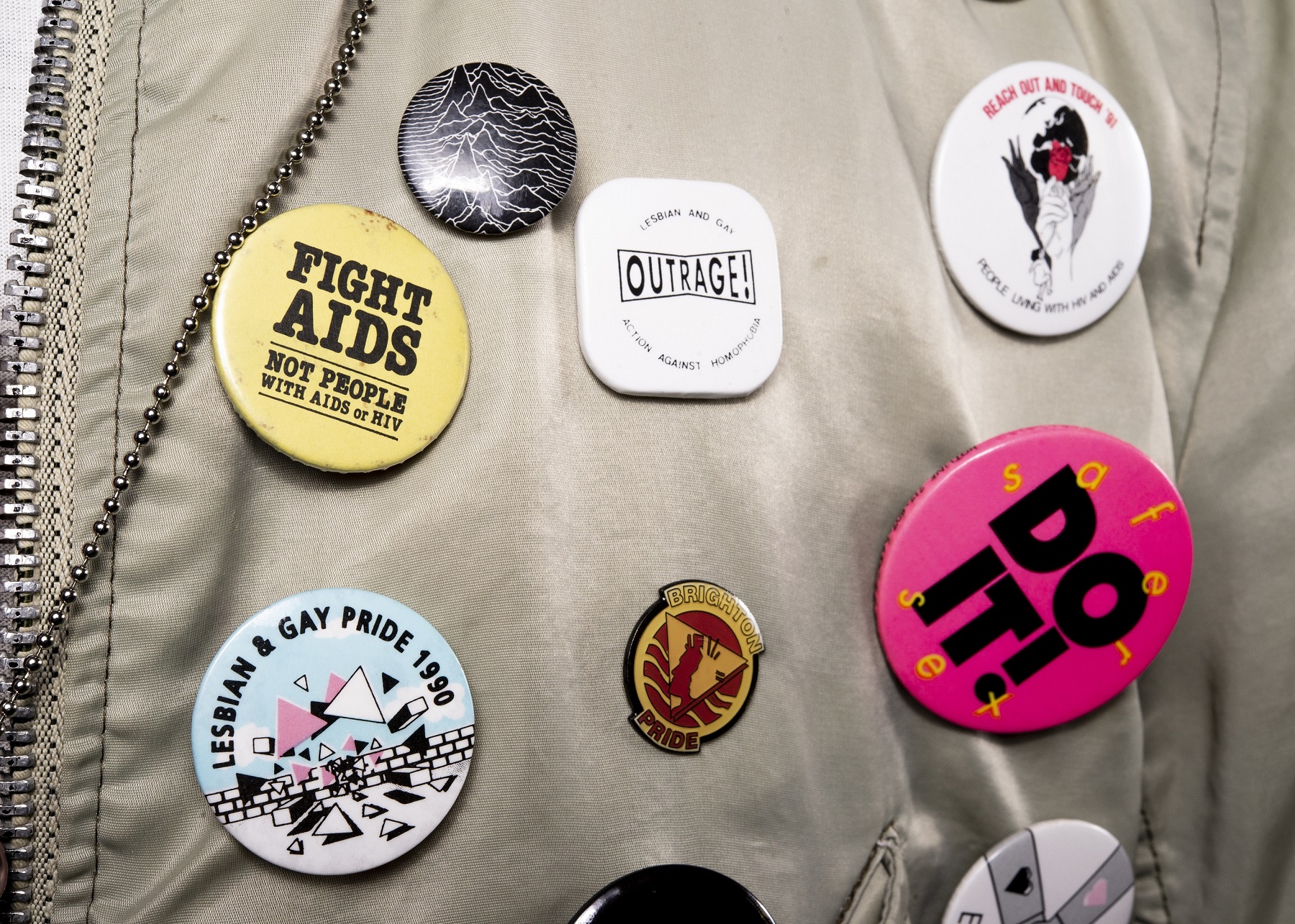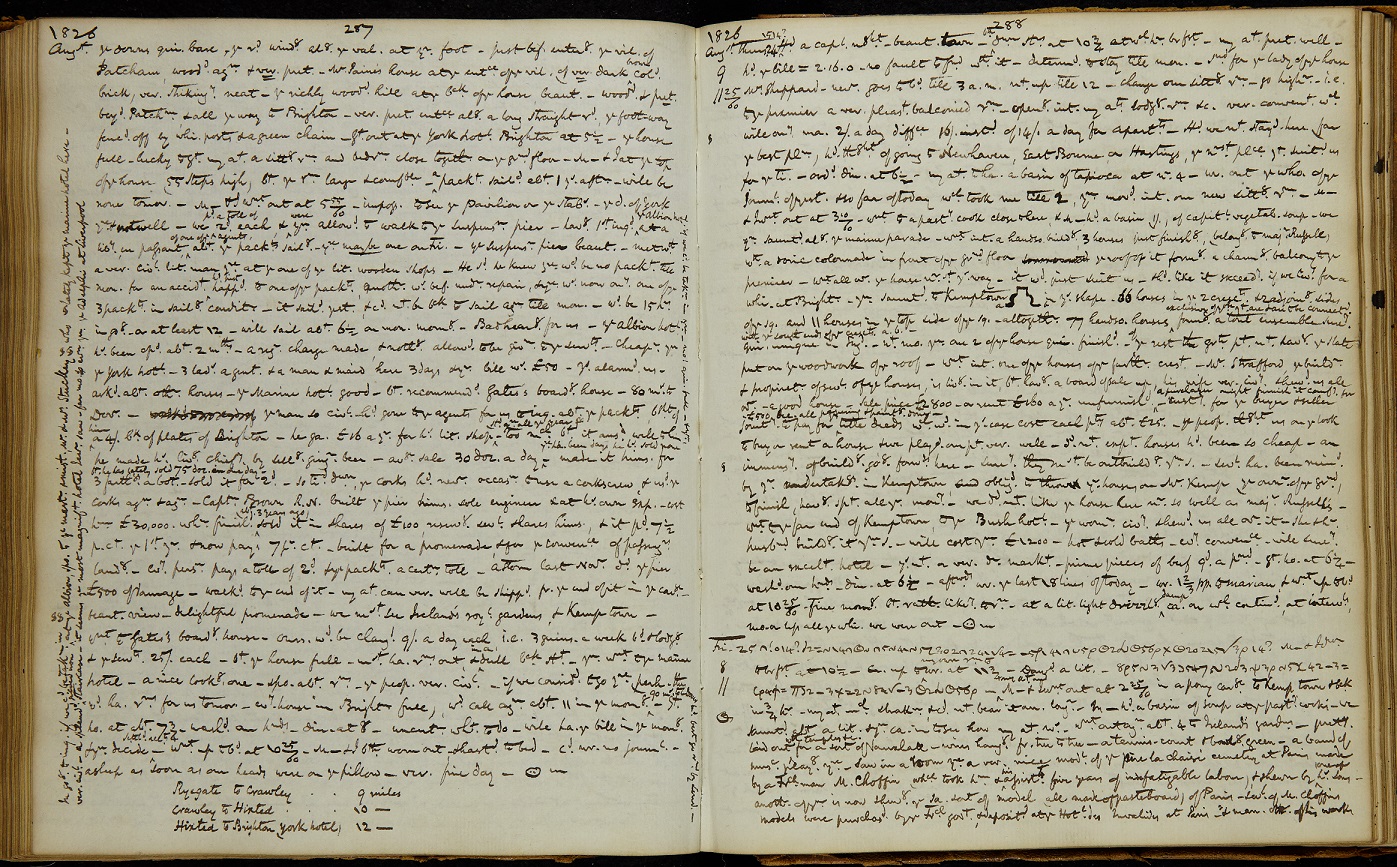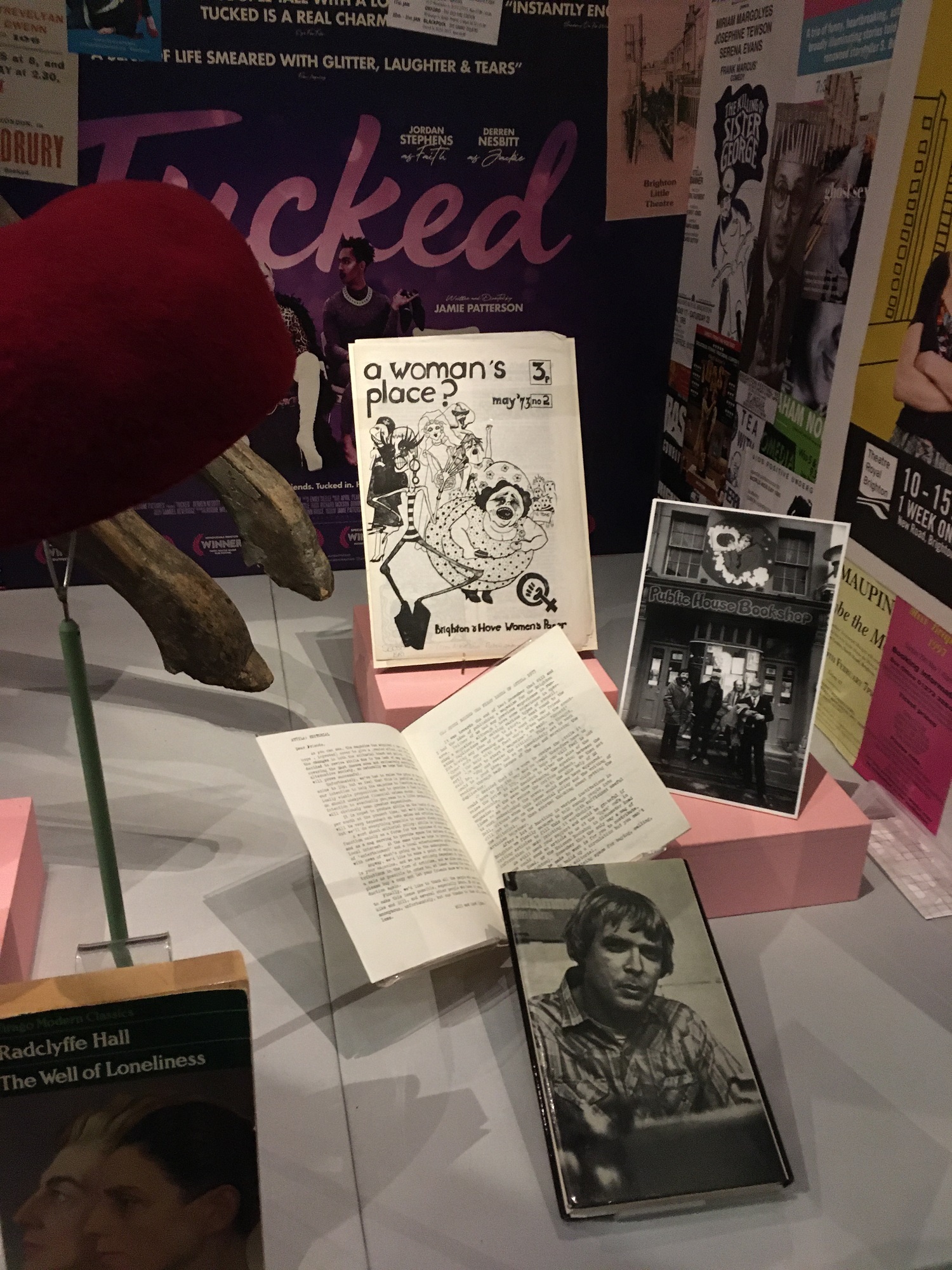Queer the Pier: Brighton’s centuries-old LGBTQ history explored in fascinating new exhibition
Brighton Museum and Queer in Brighton are reclaiming the seaside resort’s diverse LGBT+ history in a surprisingly original fashion.
By Will Stroude
Words: John Brooks
The joy of Queer the Pier, a new collaboration between the Queer in Brighton heritage project, a working group of local LGBTIQ+ volunteers and Brighton Museum & Art Gallery, lies in the mischief and creativity with which it approaches Brighton’s queer past.
As you might imagine, the seaside town offers a lot of material to work with. There are colourful and chaotic displays of show posters, diary entries, Polaroid photos, sex ads, badges, postcards and letters, all in a long turquoise room which is part art exhibition, part history lesson, part end-of-the-pier amusement arcade.
Queer history has a tendency to gather around privileged and powerful individuals who used their wealth, talent or social status to secure a relative safety in dangerous times. Refreshingly, Queer the Pier also covers everyday LGBTIQ+ life in Brighton, which gives the show a gossipy authenticity.

(Image: Rosie Powell)
Photos of the queer-friendly Unicorn Bookshop on Gloucester Road, owned by openly gay poet Bill Butler, and of the Sussex Gay Liberation Front in 1973, feel very ‘local’, and made a proud to be a Brightonian.
A handsome black typewriter pays homage to Brighton resident Peter Burton, the father of the British gay press, and a fine display of wigs and outfits from some of Brighton’s night-life legends, including Boogaloo Stu to Lydia L’Scabies, celebrates the seaside town’s unique camp tradition, a mix of avant-garde and fish-and-chips.

Campaign badges worn by marchers across the South East during the 1980s and 1990s, on loan from local Brightonian and queer collector, Alf Le Flohic (Image courtesy of Queer the Pier, Brighton Museum & Art Gallery, Zoltan Borovics)
Many of these artefacts relate to the law, highlighting how many gay men and women only seem to find a place in history as the victims or perpetrators of criminal acts. This is poignantly illustrated by a sombre police sketch of a brooding man wanted in connection with the rape of a 19-year-old at local cruising spot Duke’s Mound, and the 1835 indictment of John Spershott, the last man to be hanged for buggery in Sussex.
The need for secrecy, and danger of exposure, is demonstrated in the excerpts from the diaries of Anne Lister, ‘the first modern lesbian’, who devised a secret coded alphabet to write about her love affairs.

Extracts from the diary of Anne Lister (Image courtesy courtesy of West Yorkshire Archives)
What about the communities who have traditionally been relegated to the margins of queer history? To its credit, Queer the Pier addresses some of these imbalances. There are new portraits of Brighton’s QTIPOC (queer, trans and intersex people of colour) communities from photographer Shonay.
Artist Delaine Le Bas, working with LGBTIQ+ individuals from the Roma, gyspy and traveller communities, has restored a fine example of a Victorian fortune telling machine. These stalwarts of seaside amusement parks have been accused of perpetuating negative stereotypes of gypsy fortune-telling. Le Bas’ new machine reverses this, dispensing messages of love and empowerment, and seems to capture the central idea of Queer the Pier: by reclaiming the right to tell our histories, we can, to a degree, predict our futures.
There’s more, too. A code-breaker machine explores local queer oral history collections, and there is footage of historical Pride marches, and excellent free zines.

(Image courtesy of Daren Kay)
I would have liked the show to have been longer, that’s partly because the objects that are here are so tantalising and fresh, and perhaps because Queer the Pier doesn’t solely focus on the pains and persecution so often central to retellings of queer history but, rather, embraces the totality of Brighton’s queer history, in all of its creativity, joyousness, integrity, pride and daring.
Let’s hope other museums take note, and that this is just the start of a joint historical project.
Queer the Pier is a collaboration between the Queer in Brighton heritage project and Brighton Museum & Art Gallery, and it open until February 2022.
